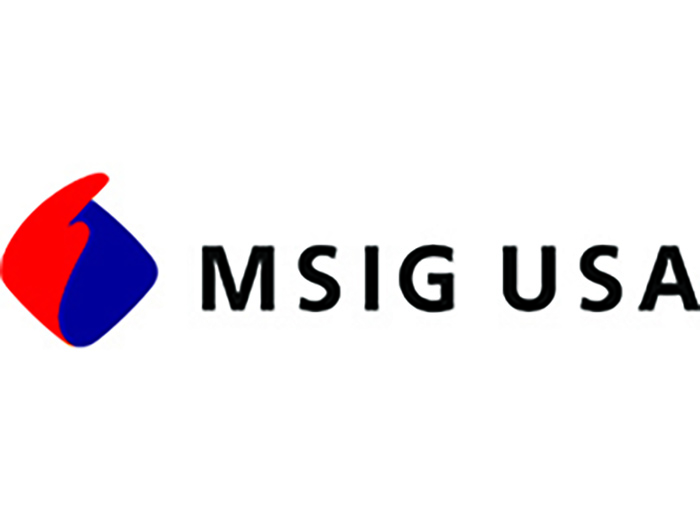Risk Insider: Heather Moore
Health Care Took a Risk on OB Hospitalist Programs; What They Learned Benefits Risk Managers Everywhere
Risk professionals play a high-stakes role in their organization. From risk finance, to loss control, to proactive enterprise management solutions, risk managers are constantly looking to raise the bar in a fast-paced landscape. However, the stakes are highest when a risk assessment role takes place in a highly unpredictable industry or discipline.
It’s hard to find a more high-energy work environment than a hospital Labor & Delivery department. For pregnant women and their families, there is the imminent joy in giving birth, tempered by the intensity and pain of delivery.
For obstetricians, there is this need to be on-call and ideally available 24/7, the moral and professional duty to respond to gynecological emergencies and improve outcomes in women’s health, the profound sense of responsibility that two vulnerable lives are literally in one’s hands, and the delight at bringing a beautiful new baby into the world.
There is also the potential for processes to break down and rapid response times to lengthen as, by its very nature, the unanticipated and unexpected can occur in this setting. And with that high risk and unexpected scenario comes the constant shadow of a potential malpractice lawsuit.
There is always risk.
An OB Hospitalist Program
Hospital OB departments must be at the forefront of proactively addressing quality improvement and risk management for their patients, including in obstetrics. There are almost four million childbirths in the U.S. annually, almost all occurring within the hospital setting. In the last decade, a growing number of hospitals are considering new approaches to traditional risk management. Their approaches go beyond reactive risk management and loss control (changes to management processes) to encompass large-scale shifts in care delivery based on intentional strategic imperative — even when that means disruption and re-invention of the existing model.
An adoption of enterprise risk management in which risk professionals play a meaningful decision-making role in the strategic initiatives and business plans within their health care setting is critical to creating a holistic approach to health care that will balance quality improvement and risk control with scalability and efficiency of the care delivery model.
In obstetrics, for example, most hospitals have relied on community OB/GYNs to drop what they were doing and get to the hospital for their patients’ deliveries. Care had the potential to be fragmented and rushed; patient safety, while always top-of-mind, played second fiddle to ensuring that the patient was delivered by their own OB/GYN. Despite the high numbers of adverse incidents, especially those related to delays in care, that’s the model still often found in many Labor & Delivery departments.
An adoption of enterprise risk management in which risk professionals play a meaningful decision-making role in the strategic initiatives and business plans within their health care setting is critical to creating a holistic approach to health care that will balance quality improvement and risk control with scalability and efficiency of the care delivery model.
The advent of hospitalists changed all of that, as hospitals began to consider whether another staffing model might work better. In an OB-hospitalist model, hospitals are staffed with board-certified OBs 24/7 who provide care to women at all stages of labor and delivery. When the community OB arrives, the OB hospitalist either turns over patient care or assists the community OB as needed to ensure a successful co-management of the patient.
It makes sense from a patient care point of view, and risk management professionals have been critical to supporting this initiative within their hospital systems, where they are active decision makers alongside other health care administrators, to consider emerging best practice solutions within OB care.
One study in the Journal of Patient Safety examined adverse incidents at a hospital before and after the implementation of an OB hospitalist program. Under the traditional model from July 2012 to September 2014, 11 safety events occurred on the labor and delivery floor. A full-time OB hospitalist program was implemented in October 2014. In the 25 months that followed, there was only one safety event associated with labor and delivery.
Other research validates the risk benefit. In 2016, OBHG and one of our system partners undertook a study to analyze the key risk mitigation strategies that resulted in favorable loss trends/claim reduction for the system in recent years. The study found that a 31 percent reduction in perinatal serious-harm events at hospitals was attributable to one factor: implementation of an OB hospitalist program at those facilities.
Based on our experience, here are three ways that companies can strategically minimize, rather than manage, risk:
1) Include social media and reputation in the risk calculations. Social media and the consumer voice heighten reputational and public relations risk across every industry, and hospitals are no different. Even if a hospital can support huge liability line items for OB liability risk, there is no protection from reputational risk in an economic environment where every patient counts.
Customer-review platforms like Yelp and Amazon amplify small voices to large viral movements. The public relations liability from any bad outcome and claim could cost more in a fiscal year than any litigation.
2) Smart companies invest in both proactive and reactive PR, responding quickly to own responsibility, apologize for errors, contain the fallout and move on. The media cycle is swift, but when companies shy away from the former, they’ll pay the price when they can’t get to the latter.
3) Being risk adverse does not translate to successful risk management. Not every initiative to improve quality and manage risk, both financial and legal, is successful. That doesn’t mean they shouldn’t happen.
When Alan Mulally took over as CEO of Ford Motor Company, he launched a series of controversial management moves and turned down government bailout funds. It was a calculated risk. Ford was the only one of the Big Three auto manufacturers to do so; Mulally was eviscerated in the business media. But ultimately, the gambit won out: Mulally led one of the great comebacks in American business.
Not all stories end the same way, but changing course strategically keeps a company nimble and in a mode of constant self-evaluation. That’s key to developing and understanding your organization’s risk tolerance and best practices for managing risk. This can’t be effectively accomplished unless risk leaders are active decisions makers within their leadership teams.
Take a Risk
Be bold. When the first hospital launched an OB hospitalist program, the health care industry was shocked. Most pundits felt that changing up the traditional staffing model would lead to more risk, not less. In reality, the opposite is true. Disruption can rattle nerves, but industries eventually stabilize and are the better for it.
Just as having a baby requires a leap of faith. So goes risk management. When companies and industries take a risk and try something new, the outcome might very well be the risk reduction they sought to achieve.










